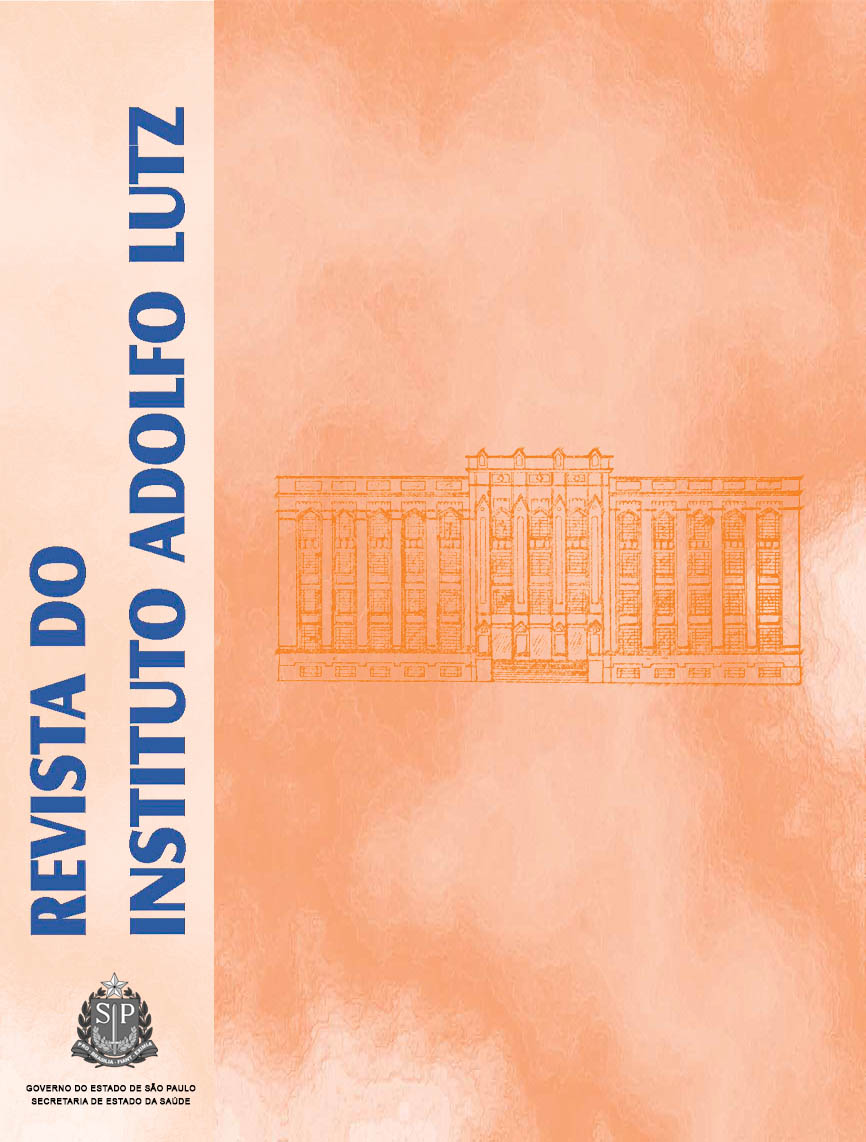Prevalence of enteroparasites in children attended at basic health unities in a Brazilian southern city
Keywords:
intestinal parasites, preschool, public health
Abstract
Helminthes and enteric protozoa are serious problem of public health in developing countries. This study analyzed the prevalence of intestinal parasites in preschool children attend at basic health unities (BHS) in the city of Rio Grande, Rio Grande do Sul, Brazil. Stool samples collected from 144 children were analyzed, from October 2009 to March 2010. The observed prevalence rate for enteroparasites was 17.4 %, including eggs of nematodes Ascaris lumbricoides (11.1 %) and Trichuris trichiura (6.3 %), and cysts of protozoan Giardia lamblia (4.9 %). Also, cysts of protozoa considered as non-pathogenic, such as Entamoeba coli, Endolimax nana and Enteromonas hominis were found in 28.5 % of children. Regarding to the BHSs prevalence, in BHS-1 was detected a positivity of 36.4 %, 11.1 % in BHS-3, 14.8 % in BHS-4, 8 % in BHS-5 and 19.2 % in BHS-6. No positivity was detected in the stool samples from BHS-2. The prevalence of intestinal parasites registered in the studied population suggests the occurrence of probable conditions for re-infection, and the need to implement the basic sanitation procedures and programs which will provide an improvement in the life quality of these children.
Published
2012-02-22
How to Cite
Mata-Santos, T., Gatti, F. dos A., Mascarenhas, C. S., Martins, L. H., Mata-Santos, H. A., Fenalti, J. M., Netto, I. C. de O., Mendoza-Sassi, R. A., & Scaini, C. J. (2012). Prevalence of enteroparasites in children attended at basic health unities in a Brazilian southern city. Revista Do Instituto Adolfo Lutz, 72(2), 175-178. Retrieved from https://periodicoshomolog.saude.sp.gov.br/index.php/RIAL/article/view/32915
Issue
Section
BRIEF COMMUNICATION










